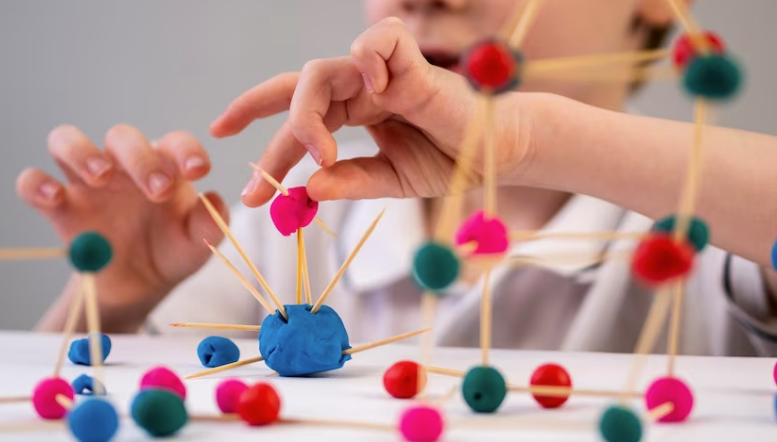
Neuroplasticity in education: why and to what end?
Education is not only imparting knowledge but also shaping young minds and nurturing their potential. In recent years, there has been a growing understanding of the role of neuroplasticity in education, highlighting the brain's remarkable capacity to change and adapt throughout life. This article explores the concept of neuroplasticity and its profound implications for education, highlighting how educators can harness this transformative power to optimize learning outcomes and support holistic student development.
Understanding Neuroplasticity:
Neuroplasticity refers to the brain's ability to reorganize itself by forming new neural connections, modifying existing ones, and adapting its structure and function in response to experiences, learning, and environmental influences. Contrary to the long-held belief that brain development occurs only in childhood, research has shown that neuroplasticity continues throughout life, with the greatest potential for change during early childhood and adolescence. This understanding underscores the importance of providing stimulating and enriching educational experiences during these critical times.
Designing learning environments:
Educators have a unique opportunity to create learning environments that optimize neuroplasticity. By providing varied and engaging learning experiences, educators can stimulate different areas of the brain, promoting the formation of new neural connections. Incorporating multisensory activities, interactive learning methods, and hands-on experiences not only improves students' understanding and retention of information, but also stimulates brain adaptability and flexibility.
Growth mindset and learning by doing:
Neuroplasticity research underscores the importance of cultivating a growth mindset in students. By promoting the belief that skills and intelligence can be developed through effort rather than fixed traits, educators empower students to embrace challenges and persevere in the face of obstacles. Experiential learning, characterized by deliberate practice, critical thinking, and problem solving, engages the brain's neuroplasticity, enabling the creation of new neural pathways and the consolidation of knowledge and skills.

Individualized instruction and differentiated learning:
Neuroplasticity emphasizes the unique nature of each of our brains. By recognizing this, educators can implement individualized instruction and differentiated learning strategies that respond to different learning styles, strengths, and challenges. By tailoring instruction to students' specific needs and interests, educators optimize their learning capacity and brain growth. Personalized learning experiences foster engagement, motivation and ownership of one's education, leading to deeper and more lasting learning outcomes.
Lifelong learning and continuous development:
Neuroplasticity research has dispelled the idea that brain development stops at a certain age. Instead, it highlights the brain's continuing potential for growth and change throughout life. This understanding underlines the importance of promoting a culture of lifelong learning, where people of all ages are encouraged to seek new knowledge, engage in intellectual pursuits and accept challenges. By promoting lifelong learning, educators equip students with the tools and mindset to adapt to a rapidly changing world and continue their intellectual and personal development.
The discovery of neuroplasticity has revolutionized our understanding of the brain and its ability to change. In the field of education, this knowledge is extremely promising. By harnessing neuroplasticity, educators can create dynamic learning environments, cultivate growth mindsets, and individualize instruction to optimize student learning and development. Embracing the power of neuroplasticity in education enables students to reach their full potential, adapt to new challenges, and become lifelong learners equipped to thrive in an ever-evolving world. Embracing neuroplasticity in education shifts the focus from notions fixed intelligence and skills to a growth-oriented approach.
By understanding and harnessing the brain's capacity for change, educators can inspire students to believe in their own potential, embrace challenges, and develop a lifelong love of learning. The role of neuroplasticity in education underscores the need for continuing professional development for educators. By learning about the latest research on brain plasticity and its implications for teaching and learning, educators can improve their instructional practices, implement effective strategies, and create transformative learning experiences that support their students' optimal development.
Tag:neuroplasticity, BOYS
